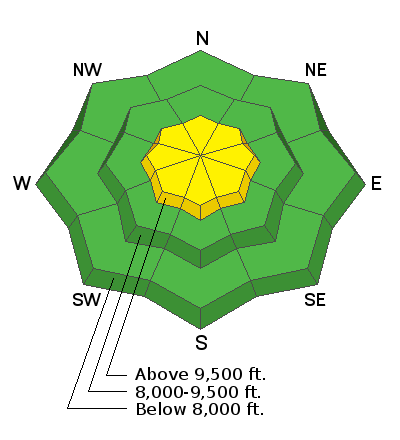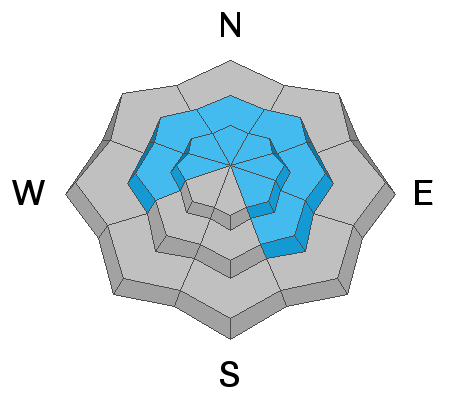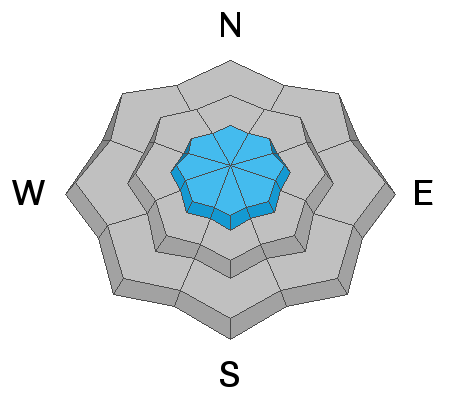Forecast for the Provo Area Mountains

Issued by Trent Meisenheimer on
Wednesday morning, December 16, 2020
Wednesday morning, December 16, 2020
Most terrain has a LOW avalanche danger. Areas of MODERATE danger, however, exist on some slopes, primarily in the upper elevations. The danger will be more pronounced on steep northwest to the north to south-east facing slopes. Human triggered avalanches a foot deep are possible and may be triggered at a distance. They may also be triggered from below. Collapsing and cracking are immediate signs of an unstable snowpack.

Low
Moderate
Considerable
High
Extreme
Learn how to read the forecast here








